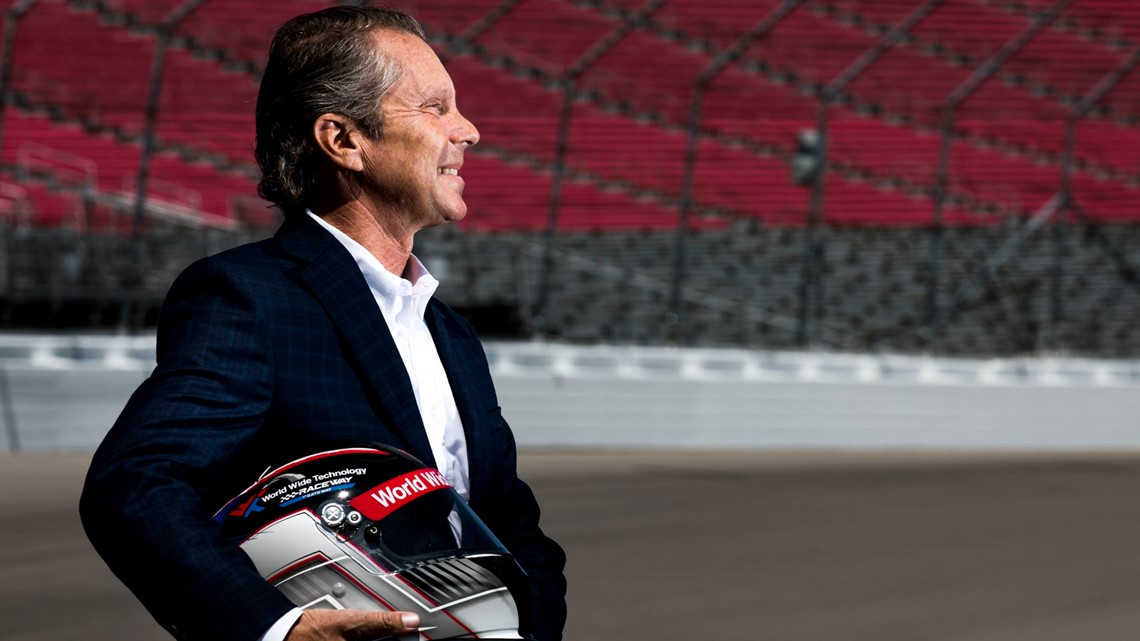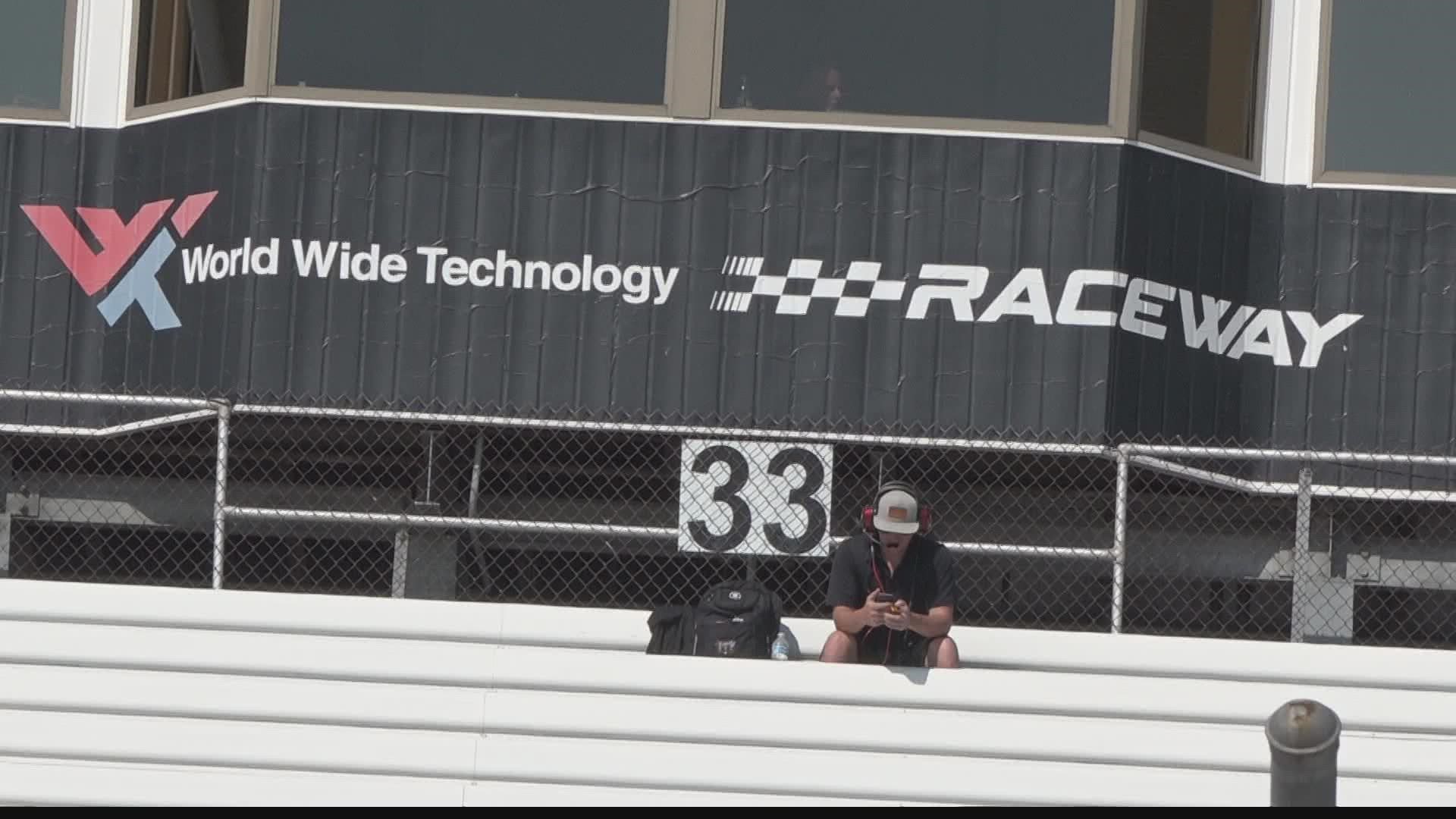MADISON, Ill. — Curtis Francois was introduced to racing much the same way as Roger Penske, who attended his first Indianapolis 500 as a child with his father and now owns the Indianapolis Motor Speedway.
For Francois, his father took him to St. Louis International Raceway Park, a drag strip built in 1967 that introduced Francois to adrenaline-pumping fast cars and eventually briefly pursue his own career as a racer.
The drag strip was eventually renovated into a full-purpose racing venue that had decent success until an economic downturn led to its 2010 closure. The facility began to deteriorate and plans were put in motion to dismantle the grandstands to sell for scrap metal.
Francois, a St. Louis native and real estate developer, stepped in before the speedway became an abandoned eyesore.
He purchased the track referred to as Gateway in 2011 and has spent the last decade preparing it for its crowning moment: World Wide Technology Raceway at Gateway on Sunday will host NASCAR's premiere Cup Series for the first time.
His first day as owner was a challenge.
"The first thing I had to do was figure out a way to drive across the parking lot because the weeds were six and eight feet tall," Francois said in an interview with The Associated Press. "And so that's what I did first, focus on the capital improvement needed to stabilize the property."
The final result has made Gateway the only new points-paying venue on the 2022 Cup schedule and Francois expects a sold-out 80,000 spectators Sunday.
"I really felt that I was put in position, for some reason or other, the fact that my background was in real estate was a key piece," Francois told AP. "But also I'd had some experience with racing and so I've been to a lot of tracks, got a view from behind the wheel and there really wasn't anyone else around St. Louis that had that skill set.
"It was not something I took lightly, but I felt that I was probably the right person to take this task on."
Gateway had hosted CART and IndyCar over the years, NASCAR's second-tier Xfinity Series from 1997 through 2010, and the Truck Series from 1998 until its brief closure. IndyCar returned in 2017 and NASCAR followed the next year with its trucks.
Francois kept spending, developing and renovating. He's spent at least $50 million on renovations so far — $15 million alone in the 10 months since IndyCar was there last August — and expects to eclipse $100 million in property upgrades by 2025.
Among enhancements made by Francois since his 2011 purchase:
— New track surface around the 1.25-mile oval.
— The addition of 450 acres in an expansion that stretched Gateway's footprint to neatly 700 acres. The property now includes an adjacent 18-hole golf course, 1,200 new camping sites and additional parking areas.
— A renovated suite tower and grandstand, a new fan zone that provides an infield experience and walkway for spectators to observe active garages.
— The "Confluence Festival: Crossroads of Concert & Community," a live entertainment showcase that will feature a diversified all-star musical lineup all weekend headlined by everyone from Old Dominion, Nelly and Cole Swindell to the St. Louis Symphony Orchestra.
For his efforts, Francois has received the Innovator Award from the St. Louis Convention & Visitors Commission and, after the Cup Series closes out its Sunday show, Gateway will be the only motorsports facility in the United States to host NASCAR, IndyCar and NHRA all in one year.


Francois, who paused his preparations for this upcoming weekend to attend the Indy 500 on Sunday at Penske's invitation, has high hopes to turn Gateway into an elite motorsports venue. In his brief racing career, Francois made exactly one start in the Indy Lights Series — at Gateway. He started third and finished fifth in his lone 2002 appearance at the track he now owns.
"Anyone who knows me recognizes that I am always singing the praises of St. Louis, and I have a deep commitment to St. Louis and really recognize what a gem this speedway is," Francois told AP. "I think it can be difficult for folks to understand why we've been investing so much, but that's what it takes to make facilities vibrant. It took $40 million in investments to even start a conversation to get a Cup date, and there certainly were no guarantees that I was going to get a return on that investment.
"But it goes back to my belief in the strength of the NASCAR brand, IndyCar and the NHRA and what can they bring to the city and how we can showcase St. Louis."

